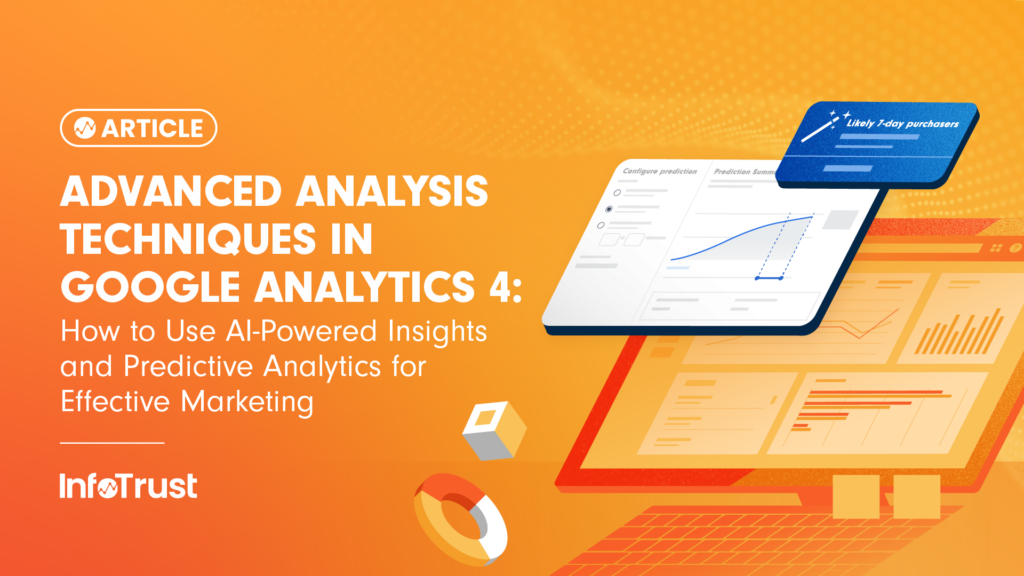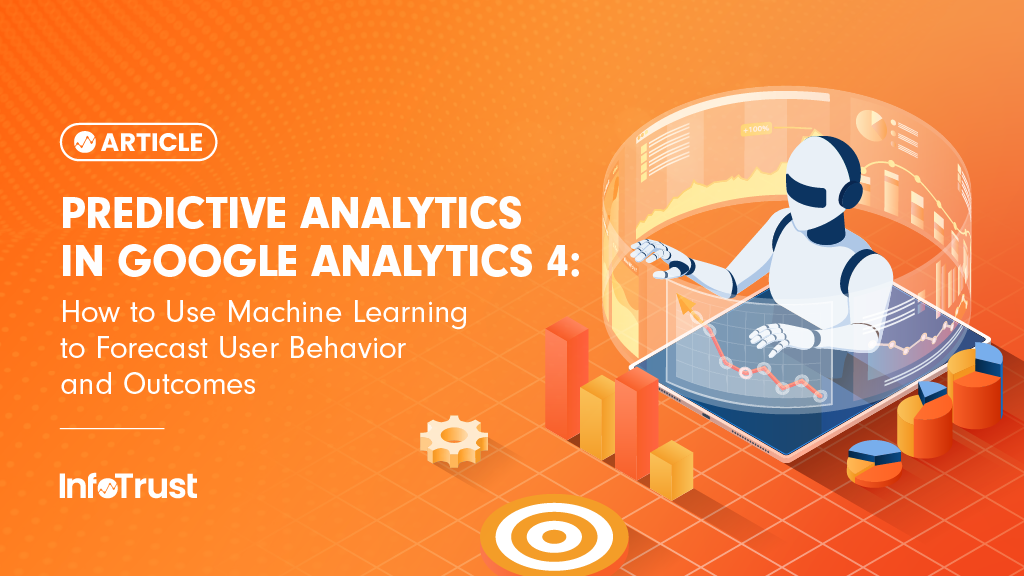My wife and I welcomed our first child, Leon, to our family last year. His arrival brought sleepless nights, lots of time inside playing with him, and diaper changes. Many, many diaper changes. Since we began purchasing diapers, I’ve tried my best to predict how many diapers we’ll go through, what size we’ll need, and when we’ll need a new box.
But sometimes all the planning can feel like a fool’s errand. Who can accurately predict what’s around the corner in an ever-changing world?
Google Analytics 4, released last October, hopes to make these predictions easier for your organization by revamping the world of data collection, analyzing, and processing. One of the most exciting new changes is GA4’s ‘predictive metrics’. Driven by machine learning, these metrics allow for a deep level of insight into your customers and their potential purchase habits (such as their likelihood to purchase diapers).
Prerequisites
Since these metrics are built on machine learning, there are minimum data requirements in place in order to activate these metrics. In order to be eligible, you’ll need at least 1,000 users who have triggered the applicable event, and 1,000 users who have not. In the purchase probability example, you need 1,000 users who have converted and 1,000 who have not. Google also states, “the model quality must be sustained over a period of time,” but they do not specify exactly how long. Lastly, your property will need to be collecting purchase and/or in-app purchase events, which can now be collected automatically in GA4.
Predictive Metrics
Below are three examples of metrics that your organization can use to gain insight on your customer’s purchasing habits.
Purchase Probability
- The probability that a user will log a specific conversion event within the next 7 days
Churn Probability
- The probability that a user who was active on your app or website in the last 7 days will not be active within the next 7 days
Revenue Prediction
- Expected revenue from all purchases within the next 28 days from a user who was active in the last 28 days
Creating Predictive Audiences
GA4 allows you to create predictive audiences based on the criteria you set around these predictive metrics. For example, you could build an audience of “likely to churn in the next 7 days”, and then build a campaign to recapture these customers. Alternatively, if at the time it doesn’t make sense to reach these potential customers, you could exclude them from your marketing efforts. As always, consider what’s actionable for your organization.
With the help of predictive analytics, you just might be able to predict what’s around the corner for your customers.











